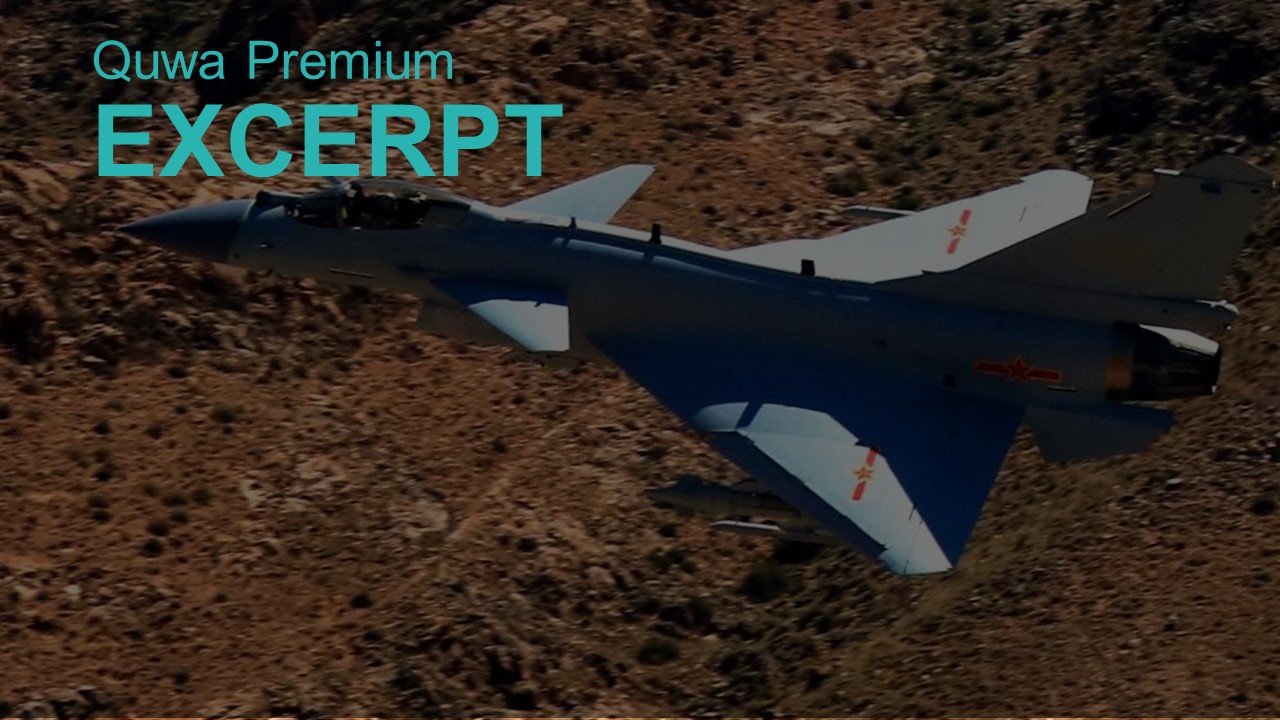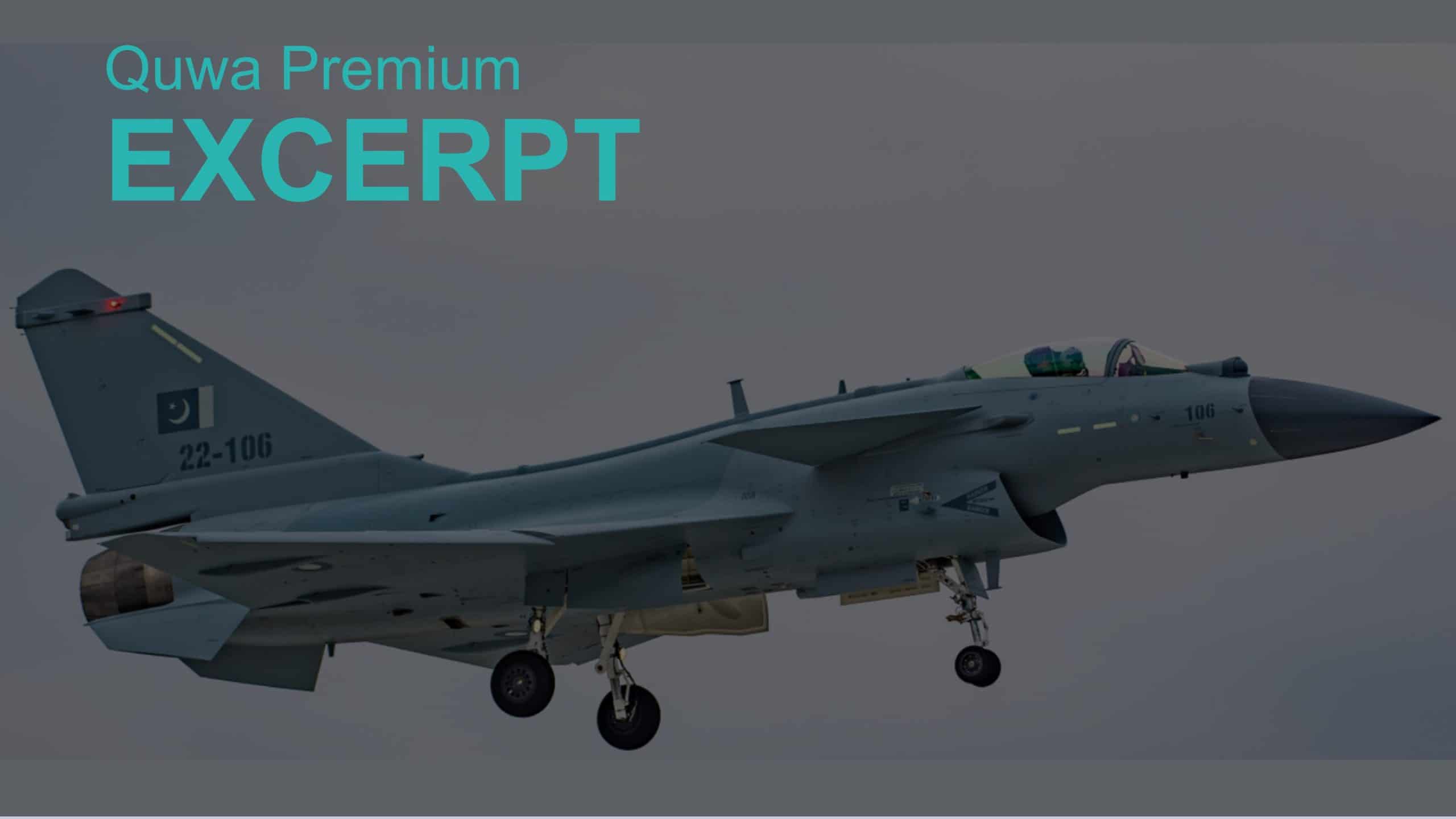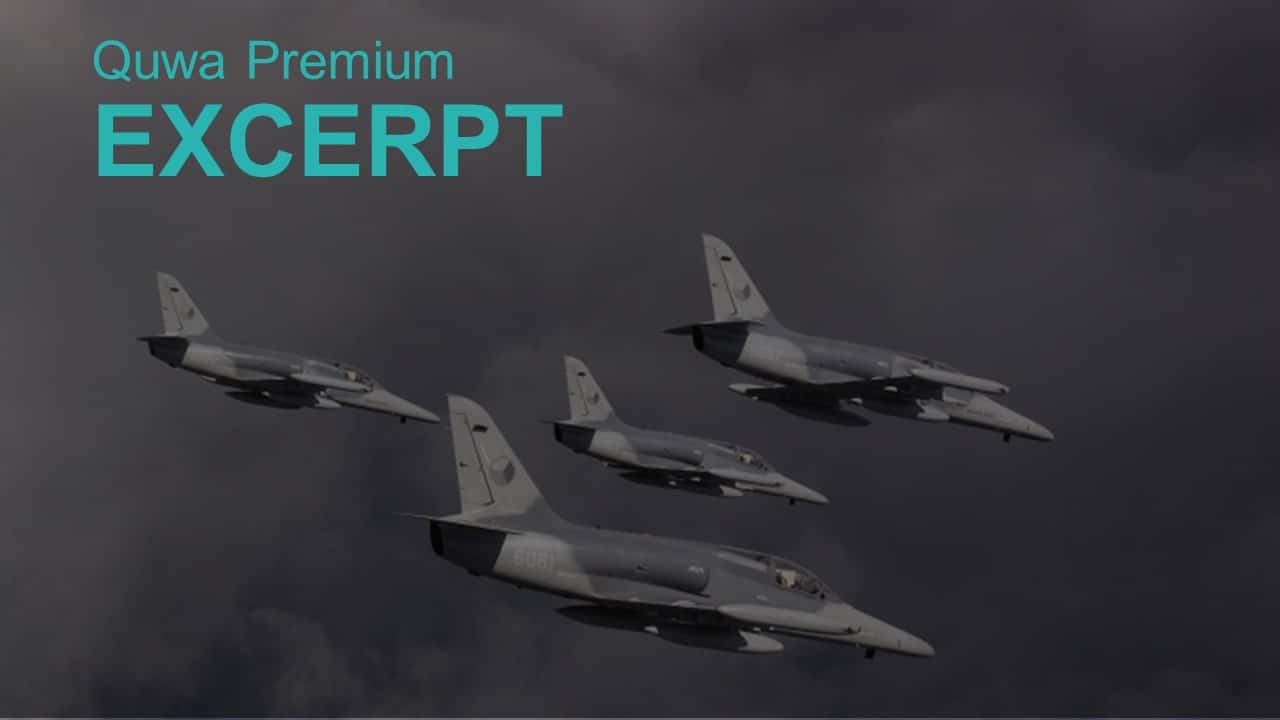1839Views

Will Pakistan Procure an Off-the-Shelf Fighter?
The Pakistan Air Force (PAF) may induct an off-the-shelf fighter in the 2020s. This would not a new move or alteration of its plans. In fact, the PAF had sought an off-the-shelf fighter since 2016, especially after it was unable to secure follow-on F-16C/D Block-52+ with Foreign Military Financing (FMF) support from the United States.[1]
In 2016, the PAF reportedly voiced interest in the Aviation Industry Corporation of China (AVIC) J-10 and United Aircraft Corporation (UAC) Su-35.[2] Though not direct confirmation, the PAF’s Chief of Air Staff (CAS) at the time, Air Chief Marshal (ACM) Sohail Aman, said, “Pakistan definitely has to induct new aircraft. We have both Chinese and Russian options.”[3] The goal was to induct a new fighter sometime in the 2020s as an interim solution ahead of the next-generation fighter aircraft (NGFA).[4]
The challenge with an off-the-shelf fighter is that it would be a significant use of resources. Not only would it strain Pakistan, which is in a precarious economic state, and it could force the PAF to divert funds from its long-term endeavours, especially Project Azm (under which the PAF is working on an NGFA).
However, an off-the-shelf fighter for induction in the 2020s was the original plan, especially if the PAF was unable to acquire follow-on new-build F-16s. When the PAF started emphasizing Project Azm, its commitment to an off-the-shelf fighter became unclear. The lack of near-term funding may have pushed the PAF to focus on the long-term (i.e., NGFA) while improving upon the JF-17 so that it stands as a good baseline solution.
However, the PAF is also aware of the Indian Air Force’s (IAF) modernization efforts. In particular, the PAF has not stopped noticing the impact the Dassault Rafale could have on South Asia’s air warfare conditions in the coming years.
For the IAF, the Rafale delivers a series of important capability upgrades, especially a world-class – if not the industry standard – beyond-visual-range air-to-air missile (BVRAAM), i.e., Meteor. In response to the Rafale causing a potential imbalance in South Asia’s air warfare dynamics, the current CAS of the PAF, ACM said, “we have to be aware of modern technologies, and if the acquisition of a new fighter fits into our doctrine then we will try to acquire it. The balance has to be maintained.”[5]
Thus, at the highest level of the PAF’s decision-making, the option to acquire an off-the-shelf fighter is still on the table.
The question is, ‘at what cost?’
End of Excerpt (407/1,248 words)
You can read the complete article by logging in (click here) or subscribing to Quwa Premium (click here).
Need More Info on the Pakistan Air Force? See Below for the Latest News and Insights:
- Pakistan Offers Glimpses of Next-Generation Fighter Program
- Pakistan Should Prioritize Investment in the JF-17
- Pakistan Selects KLJ-7A AESA Radar for JF-17 Block-III
[1] Farhan Bokhari. “Defending the Borders.” Jane’s Defence Weekly. 02 November 2016.
[2] Ibid.
[3] Amir Zia. Interview of Air Chief Marshal Sohail Aman. Bol Narratives. 01 April 2017. URL: http://www.bolnarratives.com/two-fronts-one-mission/
[4] Farhan Bokhari. “Defending the Borders.” Jane’s Defence Weekly. 02 November 2016.
[5] Alan Warnes. “Operation Swift Retort: One Year On.” Air Forces Monthly. April 2020. Page 35


